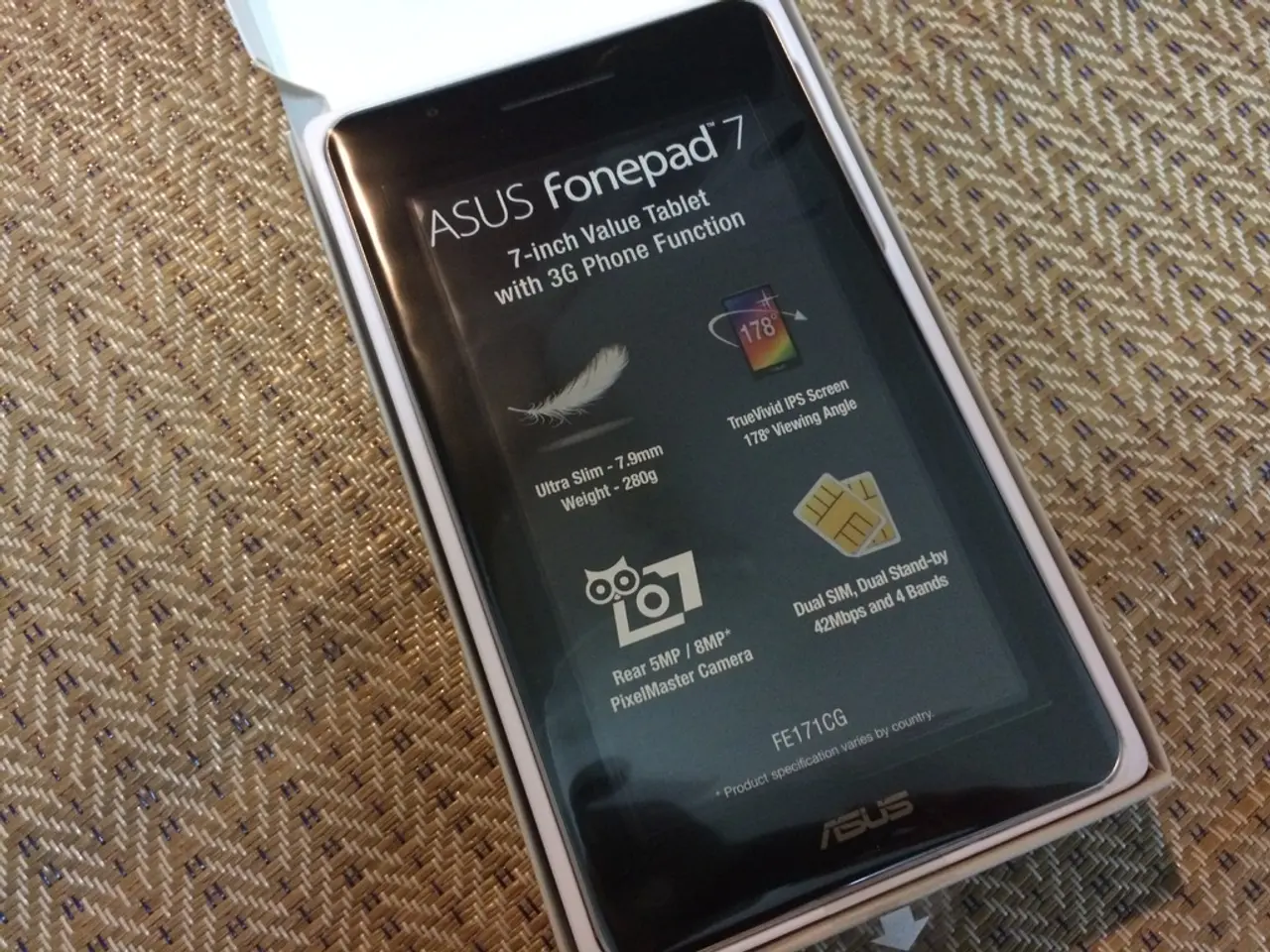Modular Phone Vision Persists with H-One Pro Concept
The H-One Pro modular smartphone concept, designed by Mechanical Pixel, is a refined and practical approach to smartphone modularity. Unlike previous attempts at creating fully modular phones, the H-One Pro focuses on a limited, single-section modular bay, offering a more focused and realistic strategy for customizable devices.
Key Features
The H-One Pro features a removable rectangular block on the back of the device, adjacent to the dual camera setup. This block handles all customization possibilities, allowing users to swap key components such as camera modules, battery units, and speaker modules with ease.
The default configuration of the H-One Pro includes a camera module with a 1-inch sensor, offering better image quality than typical smartphone cameras. Other modules for audio, extended battery life, or aesthetic materials like jade, wood, or brass, can be swapped in to enhance personalization.
Current Developments
The H-One Pro uses a clean chassis with magnetic interfaces for seamless integration and a premium aesthetic that maintains the phone's slim profile even without modules attached. Its modular bay is sized approximately 67mm x 31mm, designed for easy customization without compromising the phone's overall form or functionality.
The concept emphasizes sustainability by allowing upgrades or repairs without discarding the entire phone, reducing e-waste and extending product lifespan.
Potential Challenges in Implementation
Despite its focused approach, the H-One Pro still faces several challenges. Technical complexity and engineering constraints remain a hurdle, as ensuring durability, seamless connectivity, and user-friendly swapping mechanisms must balance with compactness and premium build quality.
Market acceptance risks persist due to past failures of modular phones, meaning convincing mainstream consumers and manufacturers of its viability may be difficult. Ecosystem and component availability is critical; success depends on a wide range of compelling, compatible modules from both the original maker and third parties, alongside software support for module detection and optimization.
The cost implications could be a barrier since users may hesitate to invest in an ecosystem of modules rather than new devices with built-in advanced features. Repair and warranty considerations also need clear resolution, as modular parts may complicate service agreements and impact device reliability perceptions.
The extra battery module eliminates the need for separate power banks, as it can be swapped in when extended periods away from chargers are expected.
In summary, the H-One Pro concept offers a focused and elegant modularity strategy that could reignite interest in customizable, sustainable smartphones by addressing earlier modular phone failures with simpler, practical modular zones. However, it must overcome engineering obstacles, market skepticism, ecosystem development, and cost-effectiveness to become a viable commercial product.
Events like technology conferences and expos could provide an excellent platform for showcasing the H-One Pro, showcasing its unique modular features and addressing potential challenges for mainstream consumer acceptance.
Gadget enthusiasts and tech aficionados might be particularly attracted to the H-One Pro's compatibility with various gadget modules, such as the extra battery module that eliminates the need for separate power banks, offering a practical and desirable feature for many smartphone users.




